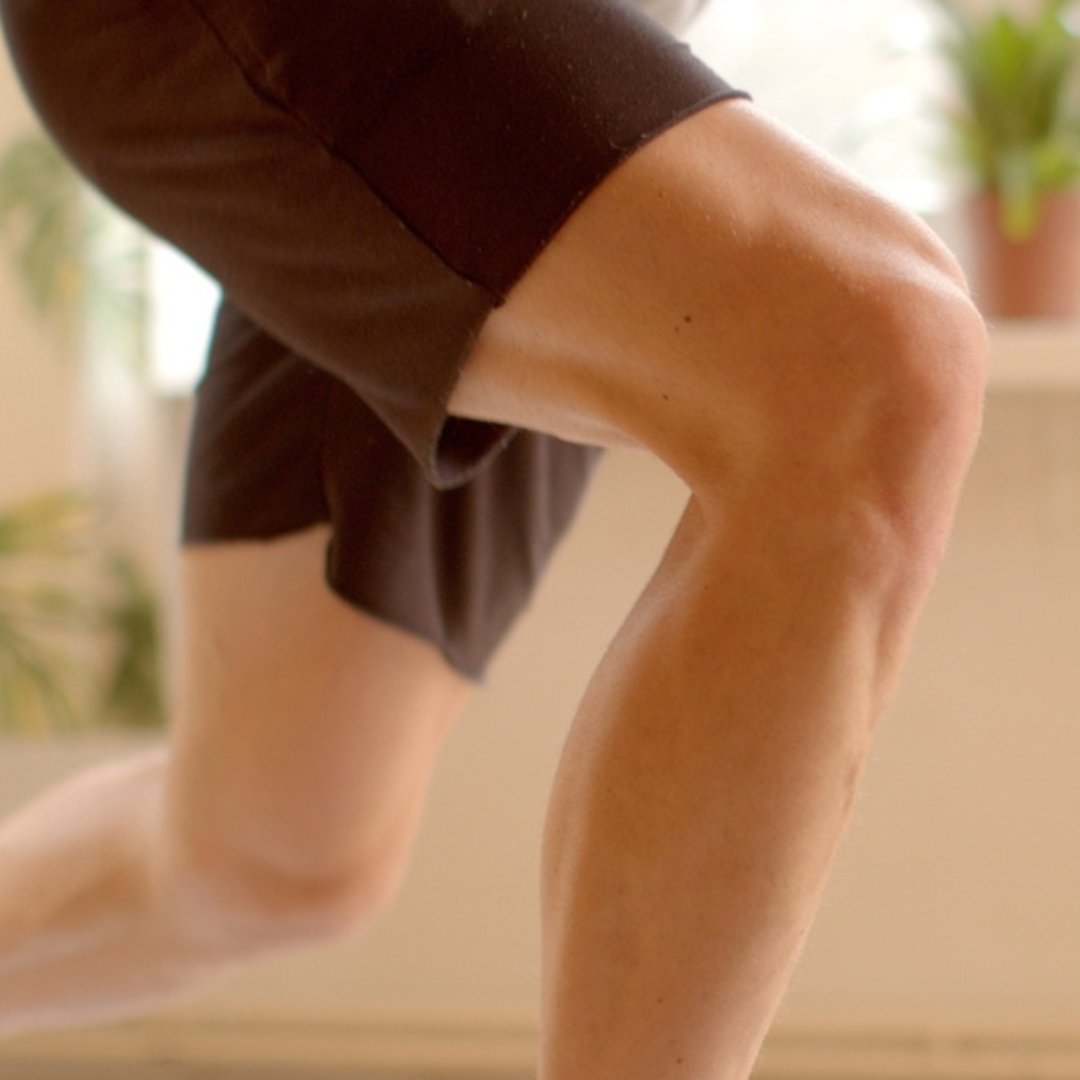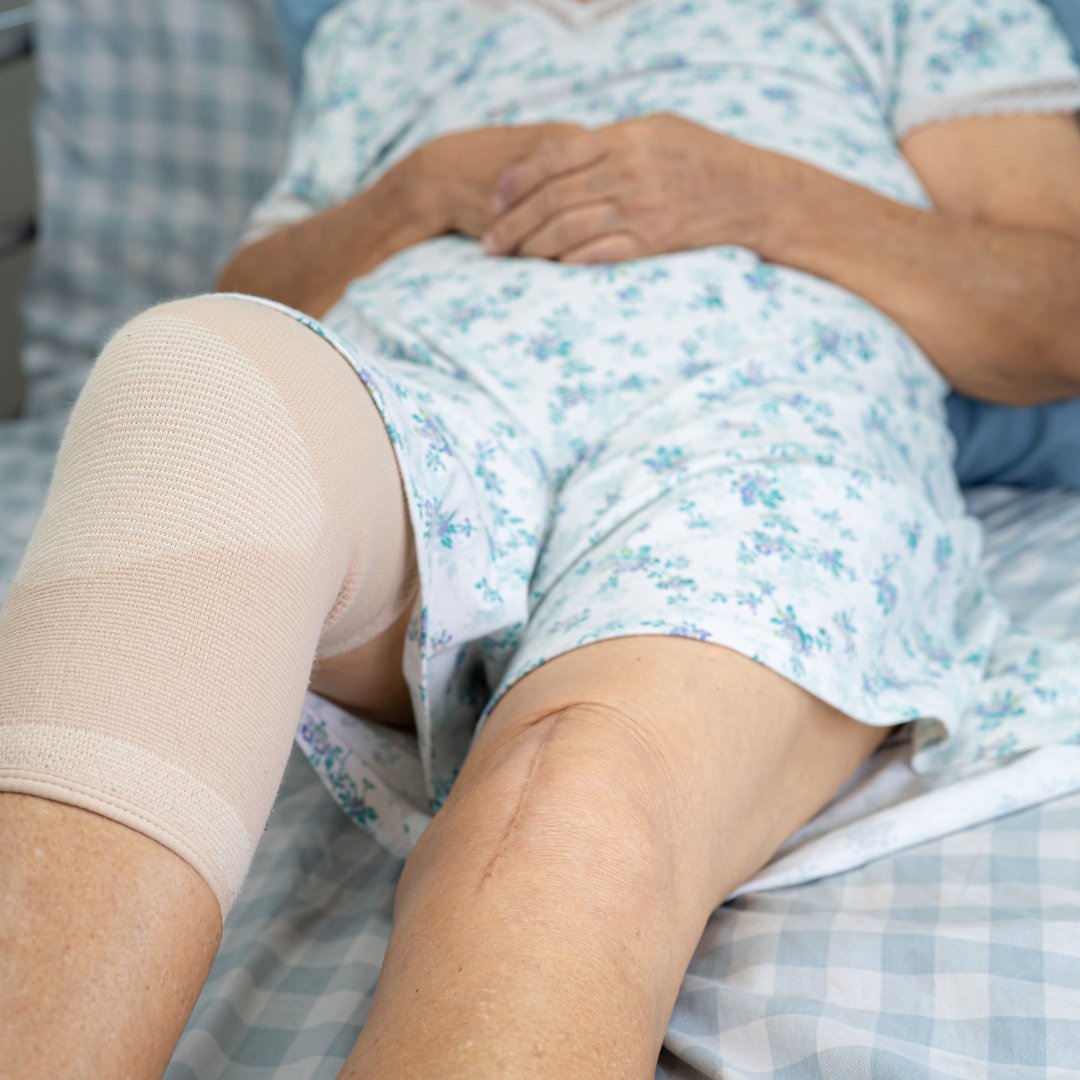
Neuromuscular Training for Knee Stability: What It Is and Why It Works
Learn how neuromuscular training improves knee stability, balance, and proprioception to support joint health and prevent injuries.
Chronic knee pain can feel like an unwelcome guest that just won’t leave. You might chalk it up to aging or that extra-long walk you took last weekend, but what if the real culprit is something as simple as the way you sit or sleep? Many people don’t realize that poor posture and improper sleeping positions can quietly contribute to persistent knee discomfort.
In this article, we’ll explore how your spinal and lower body alignment play a crucial role in knee health. You’ll learn how small adjustments in your posture—whether you’re standing, sitting, or sleeping—can ease the strain on your knees. By making a few strategic changes, you can transform your posture into a powerful ally for your knee health.
Knee pain isn’t just about the knee itself. The knee is a complex joint that relies on a delicate balance of bones, cartilage, ligaments, and tendons. When something disrupts this balance—like poor posture—it can lead to unnecessary strain and discomfort.
For instance, if your spine is misaligned, your entire lower body can compensate in ways that put extra stress on your knees. Over time, this pressure can worsen conditions like arthritis, tendinitis, and general wear and tear. By paying attention to alignment and movement patterns, you can help relieve knee pain and improve overall joint function.

Think of your body as a well-connected chain. If one link is out of place, it affects the rest. When your spine is properly aligned, weight is evenly distributed, and your knees don’t have to work overtime to keep you balanced. However, if you slouch or lean forward while standing or sitting, your knees bear the brunt of the extra pressure.
Poor spinal alignment can lead to issues such as:
The good news? Adjusting your posture can make a big difference. By keeping your back straight and core engaged, you can reduce the strain on your knees and support better mobility.
Sleep is your body’s natural repair time, but the wrong sleeping position can do more harm than good. If you wake up with stiff, achy knees, your sleep posture might be part of the problem. Certain positions can put unnecessary pressure on the knees and disrupt proper spinal alignment.
As a health practitioner, I always emphasize the importance of choosing a sleeping position that supports both your spine and knees. Making these small adjustments can improve your sleep quality and reduce morning knee stiffness.
Beyond your sleeping position, your sleep setup matters. Here’s how you can optimize your bedroom for better knee support:
Making these simple changes can help your body rest more comfortably and support long-term knee health.

Your daily habits matter just as much as your sleep position. The way you sit, stand, and move throughout the day influences how much strain your knees endure.
Incorporating better posture habits into your daily routine can help reduce knee pain and promote healthier movement patterns over time.
Chronic knee pain doesn’t have to control your life. Understanding the connection between posture, spinal alignment, and knee health can help you make small but impactful changes. Whether you’re adjusting your sleep position, improving your standing posture, or optimizing your daily movement, every step you take toward better alignment is a step toward relief.
Your knees work hard for you—show them some love! Good luck on your knee journey!
Good knees start here. Don’t miss a step—subscribe to KneeMail for free tips from knee expert Shehla Rooney, PT!

Learn how neuromuscular training improves knee stability, balance, and proprioception to support joint health and prevent injuries.

Learn why knee stiffness isn’t only caused by aging and discover strategies to ease pain, improve mobility, and support long-term knee health.

Learn the difference between PTs and PTAs in knee physical therapy, their roles, and how it impacts your care and co-pay.

Discover knee injuries and conditions that may lead to total knee replacement and learn options to ease chronic pain.

Discover the real cost of knee replacement surgery, from hospital bills to PT co-pays, insurance coverage, and hidden expenses.